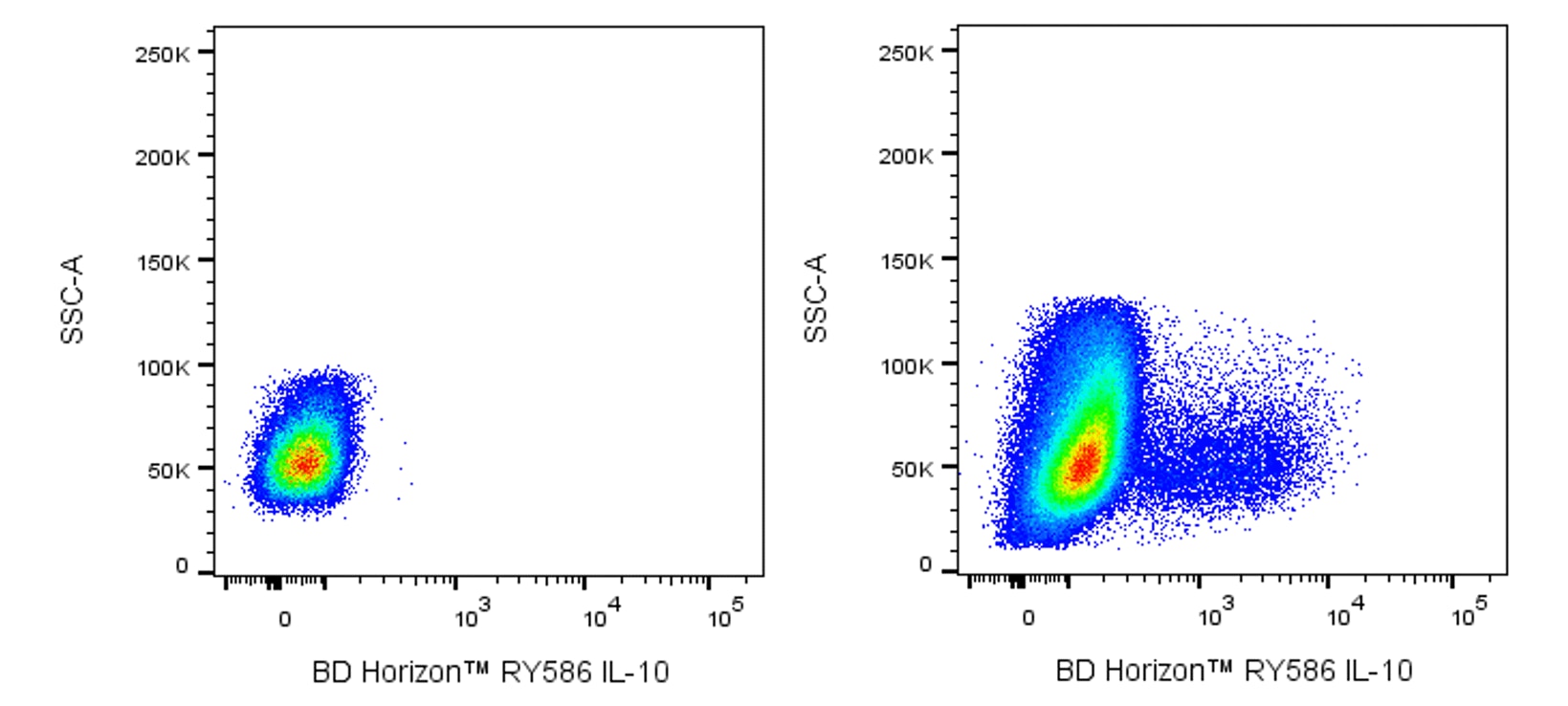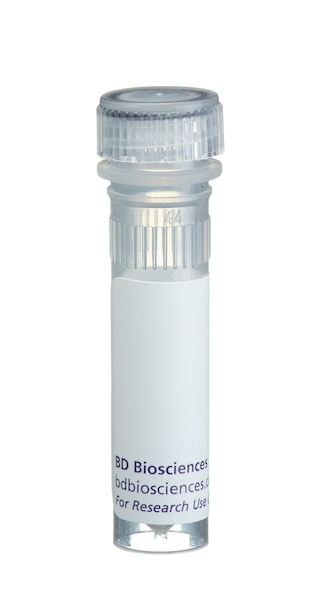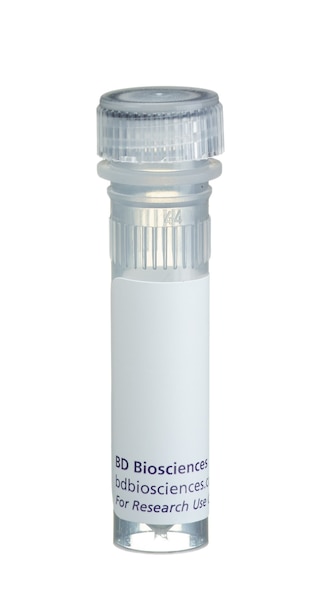-
Training
- Flow Cytometry Basic Training
-
Product-Based Training
- BD FACSDiscover™ S8 Cell Sorter Product Training
- Accuri C6 Plus Product-Based Training
- FACSAria Product Based Training
- FACSCanto Product-Based Training
- FACSLyric Product-Based Training
- FACSMelody Product-Based Training
- FACSymphony Product-Based Training
- HTS Product-Based Training
- LSRFortessa Product-Based Training
- Advanced Training
-
- BD FACSDiscover™ S8 Cell Sorter Product Training
- Accuri C6 Plus Product-Based Training
- FACSAria Product Based Training
- FACSCanto Product-Based Training
- FACSLyric Product-Based Training
- FACSMelody Product-Based Training
- FACSymphony Product-Based Training
- HTS Product-Based Training
- LSRFortessa Product-Based Training
- United States (English)
-
Change country/language
Old Browser
This page has been recently translated and is available in French now.
Looks like you're visiting us from {countryName}.
Would you like to stay on the current country site or be switched to your country?




Two-color flow cytometric analysis of IL-10 expression in stimulated Human lymphocytes. Human peripheral blood mononuclear cells were stimulated with immobilized Purified NA/LE Mouse Anti-Human CD3 (Cat. No. 555329; 10 µg/ml for plate coating) and soluble Purified NA/LE Mouse Anti-Human CD28 (Cat. No. 555725; 2 µg/ml) antibodies and Recombinant Human IL-2 (Cat. No. 554603; 10 ng/ml) and Human IL-4 (Cat. No. 554605; 25 ng/ml) proteins for 2 days. The stimulated cells were washed and cultured in medium containing IL-2 and IL-4 for another 3 days. Finally, the cells were harvested and cultured (5 hr) in the presence of BD GolgiStop™ Protein Transport Inhibitor (containing Monensin) (Cat. No. 554724) either without (Unstimulated; Left Plot) or with (Restimulated; Right Plot) Phorbol 12-Myristate 13-Acetate (Sigma, Cat. No. P-8139; 50 ng/ml) and Ionomycin (Sigma, Cat. No. I-0634; 1 μg/ml). The cells were harvested, washed with BD Pharmingen™ Stain Buffer (FBS) (Cat. No. 554656) and fixed with BD Cytofix™ Fixation Buffer (Cat. No. 554655). The cells were then washed, permeabilized and stained in BD Perm/Wash™ Buffer (Cat. No. 554723) with BD Horizon™ RY586 Mouse Anti-Human IL-10 and Viral IL-10 antibody (Cat. No. 568520/568521; Right Plot) using BD Biosciences Intracellular Cytokine Staining protocol. Pseudocolor density plots showing the correlated expression of IL-10 versus side light-scatter signals (SSC-A) were derived from gated events with the forward and side light-scatter characteristics of intact lymphocytes. Flow cytometry and data analysis were performed using a BD FACSymphony™ A5 Cell Analyzer System and FlowJo™ software.


BD Horizon™ RY586 Rat Anti-Human and Viral IL-10

Regulatory Status Legend
Any use of products other than the permitted use without the express written authorization of Becton, Dickinson and Company is strictly prohibited.
Preparation And Storage
Recommended Assay Procedures
BD® CompBeads can be used as surrogates to assess fluorescence spillover (compensation). When fluorochrome conjugated antibodies are bound to BD® CompBeads, they have spectral properties very similar to cells. However, for some fluorochromes there can be small differences in spectral emissions compared to cells, resulting in spillover values that differ when compared to biological controls. It is strongly recommended that when using a reagent for the first time, users compare the spillover on cells and BD® CompBeads to ensure that BD® CompBeads are appropriate for your specific cellular application.
Product Notices
- Please refer to www.bdbiosciences.com/us/s/resources for technical protocols.
- An isotype control should be used at the same concentration as the antibody of interest.
- Caution: Sodium azide yields highly toxic hydrazoic acid under acidic conditions. Dilute azide compounds in running water before discarding to avoid accumulation of potentially explosive deposits in plumbing.
- For fluorochrome spectra and suitable instrument settings, please refer to our Multicolor Flow Cytometry web page at www.bdbiosciences.com/colors.
- CF™ is a trademark of Biotium, Inc.
- Please refer to http://regdocs.bd.com to access safety data sheets (SDS).
- Species cross-reactivity detected in product development may not have been confirmed on every format and/or application.
- This reagent has been pre-diluted for use at the recommended Volume per Test. We typically use 1 × 10^6 cells in a 100-µl experimental sample (a test).
- Human donor specific background has been observed in relation to the presence of anti-polyethylene glycol (PEG) antibodies, developed as a result of certain vaccines containing PEG, including some COVID-19 vaccines. We recommend use of BD Horizon Brilliant™ Stain Buffer in your experiments to help mitigate potential background. For more information visit https://www.bdbiosciences.com/en-us/support/product-notices.
Companion Products






The JES3-9D7 monoclonal antibody specifically reacts with human IL-10 (Interleukin-10) and viral IL-10. The immunogen used to generate the JES3-9D7 hybridoma was recombinant human IL-10 expressed by COS cells. IL-10 is also known as CSIF (Cytokine synthesis inhibitory factor) and (TGIF) T-cell growth inhibitory factor. IL-10 is expressed by various cell types including activated monocytes, macrophages, dendritic cells, mast cells, granulocytes, and lymphocytes. IL-10 is a pleiotropic cytokine that can downregulate proinflammatory immune responses, such as Th1-like responses, while promoting other responses including B cell proliferation and antibody production.

Development References (7)
-
Abrams J. Immunoenzymetric assay of mouse and human cytokines using NIP-labeled anti-cytokine antibodies. Curr Protoc Immunol. 2001; 1:6.20-6.21. (Clone-specific: ELISA). View Reference
-
Abrams JS, Roncarolo MG, Yssel H, Andersson U, Gleich GJ, Silver JE. Strategies of anti-cytokine monoclonal antibody development: immunoassay of IL-10 and IL-5 in clinical samples. Immunol Rev. 1992; 127:5-24. (Clone-specific: ELISA). View Reference
-
Burdin N, Peronne C, Banchereau J, Rousset F. Epstein-Barr virus transformation induces B lymphocytes to produce human interleukin 10. J Exp Med. 1993; 177(2):295-304. (Clone-specific: ELISA). View Reference
-
Gotlieb WH, Abrams JS, Watson JM, Velu TJ, Berek JS, Martinez-Maza O. Presence of interleukin 10 (IL-10) in the ascites of patients with ovarian and other intra-abdominal cancers. Cytokine. 1992; 4(5):385-390. (Clone-specific: ELISA). View Reference
-
Jeffery LE, Burke F, Mura M, et al. 1,25-Dihydroxyvitamin D3 and IL-2 combine to inhibit T cell production of inflammatory cytokines and promote development of regulatory T cells expressing CTLA-4 and FoxP3.. J Immunol. 2009; 183(9):5458-67. (Clone-specific: Flow cytometry). View Reference
-
Prussin C, Metcalfe DD. Detection of intracytoplasmic cytokine using flow cytometry and directly conjugated anti-cytokine antibodies. J Immunol Methods. 1995; 188(1):117-128. (Methodology: IC/FCM Block). View Reference
-
Yssel H, De Waal Malefyt R, Roncarolo MG, et al. IL-10 is produced by subsets of human CD4+ T cell clones and peripheral blood T cells. J Immunol. 1992; 149(7):2378-2384. (Clone-specific: ELISA). View Reference
Please refer to Support Documents for Quality Certificates
Global - Refer to manufacturer's instructions for use and related User Manuals and Technical data sheets before using this products as described
Comparisons, where applicable, are made against older BD Technology, manual methods or are general performance claims. Comparisons are not made against non-BD technologies, unless otherwise noted.
For Research Use Only. Not for use in diagnostic or therapeutic procedures.
Report a Site Issue
This form is intended to help us improve our website experience. For other support, please visit our Contact Us page.